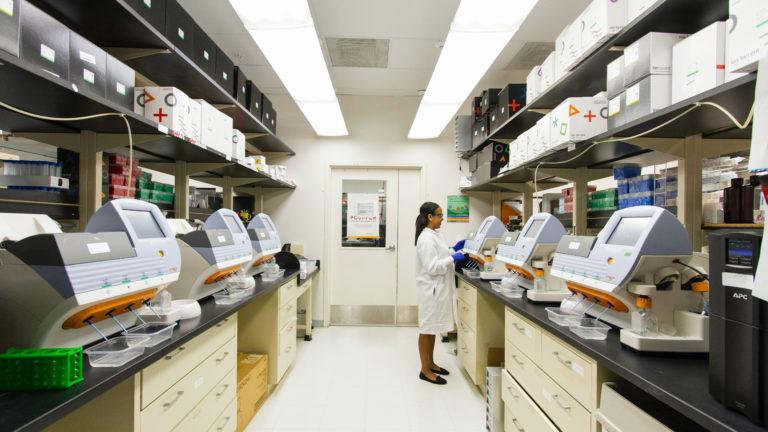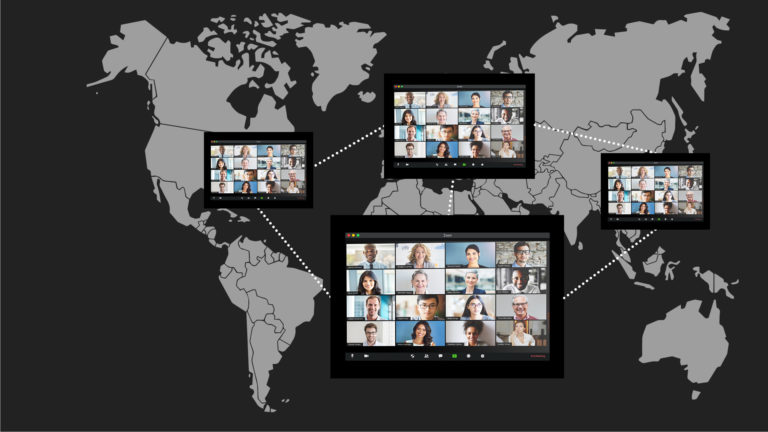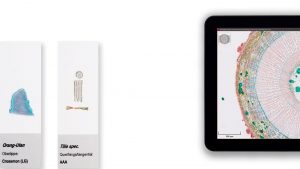Covid-19 Forcing Home Office
Stay Ahead with Insights from Precipoint!
Welcome to our newsletter! Be the first to know about our latest products, services, webinars, and happenings in PreciPoint. Don't miss out on this opportunity to stay informed. Subscribe to our newsletter today!
By clicking “Subscribe”, you agree to our privacy policy.
What Is the Impact on Life Scientists and Labs?

“In summary, COVID-19 had substantial effects on scientists, causing stress and work interruptions, but we also see new patterns of local and international cooperation, idea exchange, and electronic learning appearing. If there is a silver lining to the current global health crisis, it would be desirable that some of these new practices are maintained and further developed once we are able to return to business as usual in the future. The ability to work efficiently from home and to collaborate productively with life scientists and clinicians nationally and internationally, without extensive travel might, ultimately, even result in benefits for scientific communities and society as a whole.” [2]
Korbel, J.O., Stegle, O. 2020 Tweet
The global changes have felt like a whirlwind to many life scientists. Frustrations are being felt by life scientists around the world because they weren’t prepared for the domino effect of the COVID-19 virus.
Canceled Conferences:
For many life scientists, scientific conferences are an integral part of their jobs. Some scientists may have been preparing to go to one of these events for months to learn or even present. Conferences are a way to network and see what is happening in the scientific community.
Research Break:
As worldwide closure becomes more and more normal research projects are put on hold. Some research studies simply cannot continue due to a lack of equipment. Scientists just simply do not have a complete lab in their houses. All the hard work and effort that was put into their research projects could potentially be lost. They would have to redo everything when things start to normalize.
Emotional Impact:
The canceling of conferences and the hold on research projects has an emotional impact on these scientists. All this hard work can feel like it was done for nothing. This can be especially frightening for your life scientists, who may have a short-term contract. They may be asking themselves, “what about my future career?”[3]
What Can Life Scientists Do Working from Home?
When you think of the workflow of a life scientist you may visualize them working in a lab, following a routine, and interacting with fellow scientists on a team. Now think of a way to do all that work from home. Many life scientists have been asked to work from home, but how practical is that when their jobs require them to work inside a laboratory with highly advanced machinery? The answer is it isn’t that practical, but within research projects, there are many things that one can work on.
Plan Future Experiments:
Use this time to write down ideas, think about methods, and explore research suppliers.
Social Networking:
Find and connect with other scientists on social media, share their content, and engage with their research to build your personal connections.
Read Up on Your Subject:
Spend some time reading scientific that stack of scientific articles that’s on your reading list.[4]
Many tasks can be done in this interesting time. Even though several scientists reported that their research hours have been reduced, many have sought out other productive ways to fill their time. Some may spend more time working on data analysis, while others may spend their time writing manuscript papers or working on grant applications. The thought of working from home during the pandemic may have been frightening, but some may argue that there is a silver lining. Researchers now can allocate more time to tasks that may have simply slipped through the cracks.
What Is the Impact on Collaboration?












